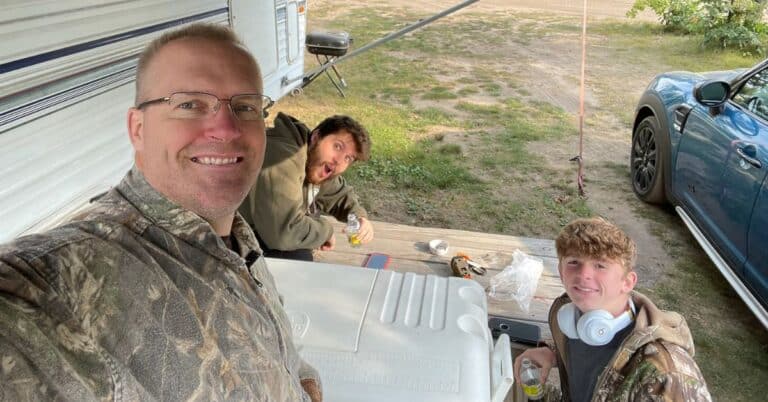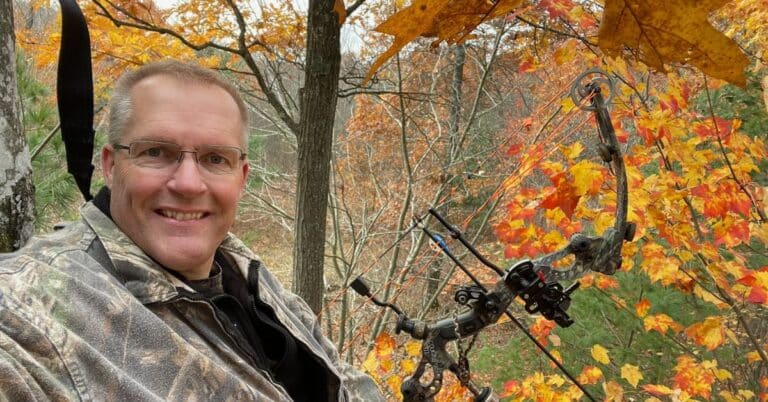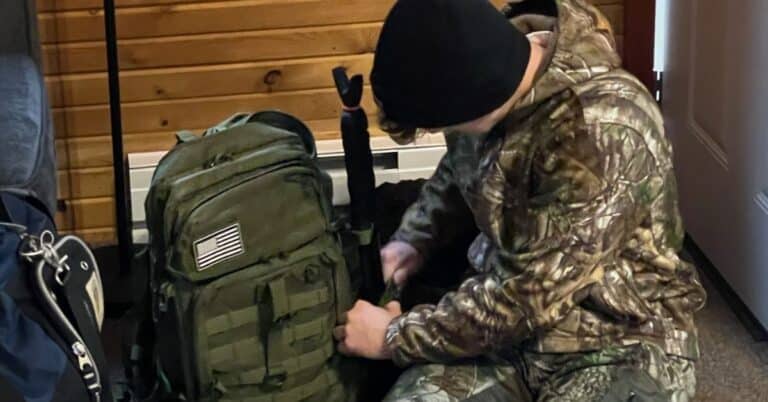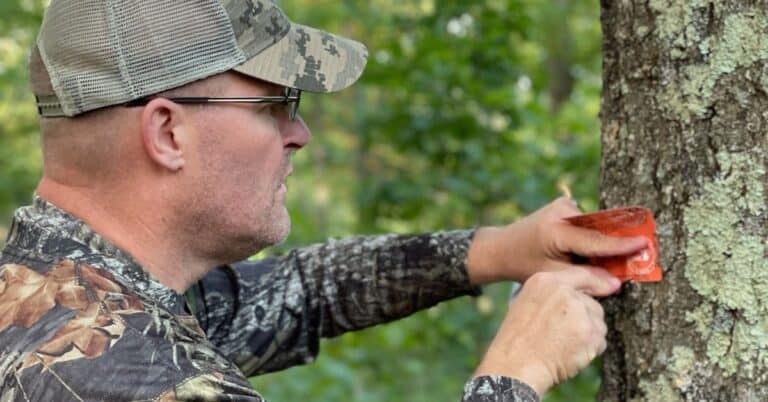What Happens at Hunter Safety Field Day
Have you been thinking about getting your hunter safety’s license this year? Are you ready to sign up for a Hunter Safety Field Day and wondering what to expect? Each state is going to be different, but keep reading if you’re interested in a Michigan field day experience.
First, thank you for joining the hunting community! I am passionate about sharing my experience as a hunter and my love of Michigan outdoors. For me, hunting is about providing for my family but also being a responsible gun owner.
The Hunter Safety Field Day in Michigan is a final review and exam that takes place for hunters who have completed either the online training course or have attended in person. I have taught all four of my sons and my grand-niece Bayliee started her hunter education journey recently!

If you are over the age of 16, you have to take Hunter safety in Michigan. It’s a requirement. It’s a certification that you have to have prior to being able to purchase a hunting license for whatever species of wild game that you want to hunt.
Who attends a Hunter Safety Field Day?
Whether you are 10 or 40, there is a variety of students entering the hunting community and it’s exciting to see! At my field day with Bayliee, I saw individuals ranging in age, gender, and ethnicity. I was so excited to see mom’s bringing their daughters and breaking the gender-barrier and stereotypes of a hunter.
What do you need to bring to the Field Day?
When you try to sign up for a field day, you’ll need proof that you completed a Hunter Safety Certification Course. The course requires that you score above 80%. Bayliee and I chose the online option and broke it up into a few different days of learning. Others choose the in-person class which is usually a combination of two shorter night sessions and one longer day class.
Hunter Safety Field Day: An Inside Look
The Field Day in my area of Michigan is about an 8-hour session. It’s broken up into three different parts for additional training.
- Listening to instructors review course material
- Hands-on field experience to demonstrate safety knowledge.
- A 50-question written test on the course material and field experience.
Our Field Day felt like a continuation of a lot of the Hunter’s Safety Course material that’s covered in the online version or in-person class.
Course Material Review
They start out with a general review of gun safety, gun handling, all of that kind of stuff, and it’s included with a lot of demonstrations of how to handle a gun properly and safely.
Overall, Bayliee enjoyed the day of learning. However, the course review was more challenging for her to sit through. I think each Hunter Safety Field Day experience can be impacted by the instructors and their style of teaching.
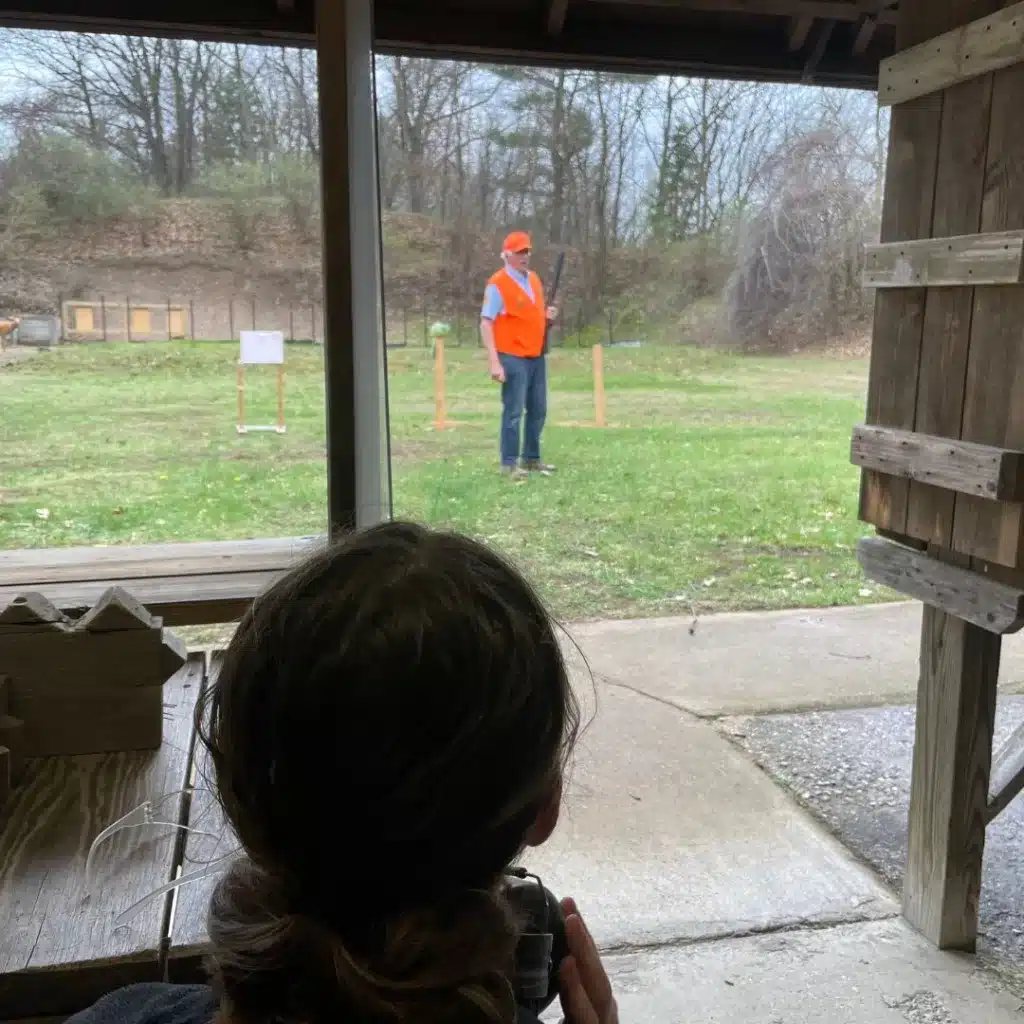
Long-winded stories from old guys don’t always engage younger crowds. They are well-intentioned and have a lot of knowledge, but they might not be a good teacher.
For the most part, these programs are usually done in such a manner that they’re well planned and well staffed. They have a very good schedule that they follow that helps keep things moving along. I was grateful to move on to the portion of the day where we rotated from one station to another.
Field Day Stations
After the general review of hunter safety course material, it was time for hands-on learning and testing. The large group of attendees broke up into smaller groups. Each group rotated through all of the stations.
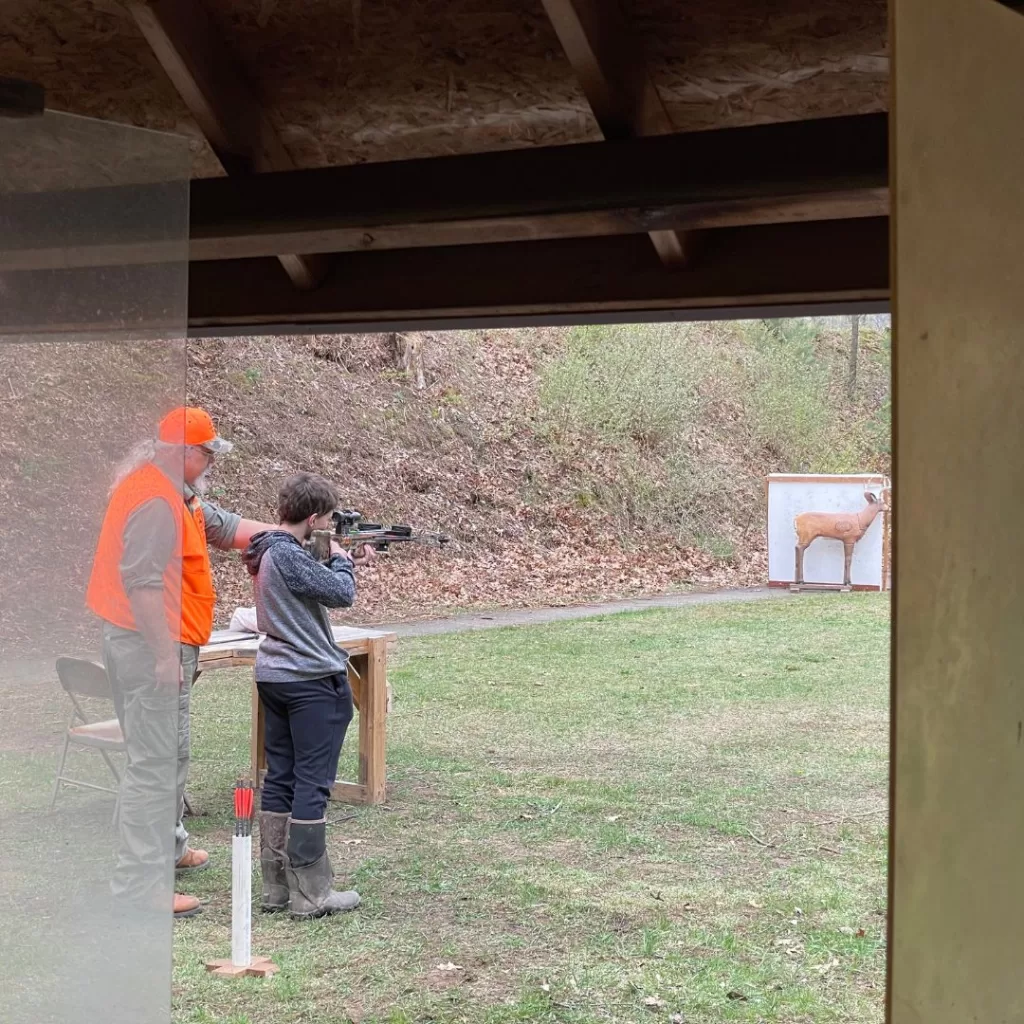
The hands-on gun education was primarily focused on safe handling, laws, and good hunting etiquette. They are less worried about accuracy or marksmanship. They want to see you demonstrate awareness, especially where the barrel of the gun is pointed at all times.
All in all, it applies the classroom material and puts it into real perspective.
Final written test
At the end of all of the stations that the students went to, they had to take a final fifty-question test. The format was multiple choice and covered all of the material that was taught over the course.
Then they would grade all the tests individually. Afterwards, they would call you by your name to let you know if you successfully completed the course or not. Bayliee was so excited when her name was called!
Different Types of Field Day Stations
Different stations were set up for Tree Stand Safety, Survival Skills, Firearms Handling, Shooting Range, Tracking, Archery and Skeet shooting. Gun safety protocols and how to handle a gun properly were demonstrated like how to cross a fence or a ditch and how to walk in a group.
One station that we went to, talked about what to bring with you in the woods as far as a survival pack. And in this station, they talked about the importance of knowing how to read a compass.
At the archery station, the instructors demonstrated how to use archery equipment such as compound bows and crossbows.
And another station was about muzzleloaders and a very small section on handguns.
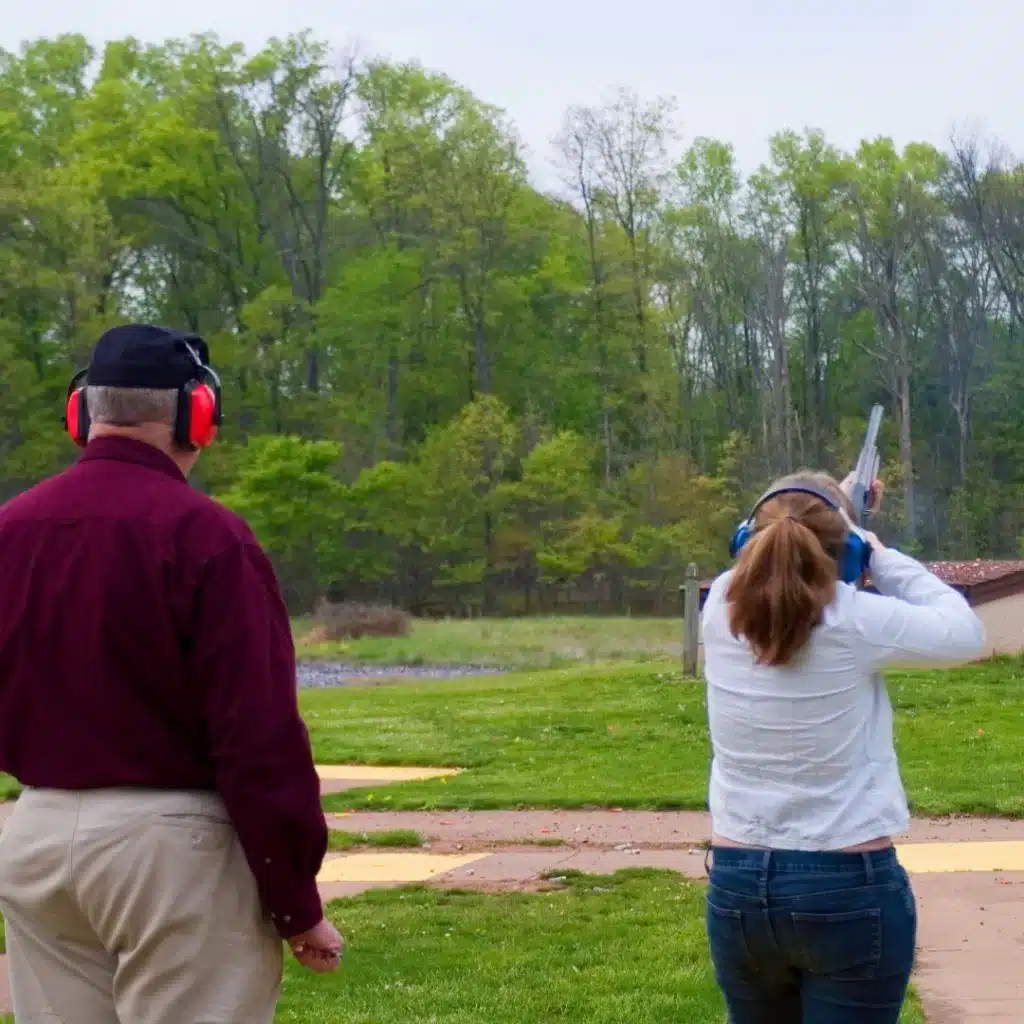
I am not a bird hunter, but I found the skeet shooting station to be interesting. Future, young hunters were given the chance to shoot pie plates and many did very well! The instructors did an excellent job at this station and provided an opportunity for minds and passions to grow.
Encouragement for new hunters
My advice for Hunter Safety Field Day is to just pay attention and be respectful. Don’t be afraid to call out unsafe gun handling or ask questions. However, you may want to save your questions for the breaks so you don’t sidetrack the class too much. Cramming everything into a single field day requires a lot of attention to time management.
My day with Bayliee was a fun, memorable day. The atmosphere was great because she got to be around other people who were interested in learning the same thing.


